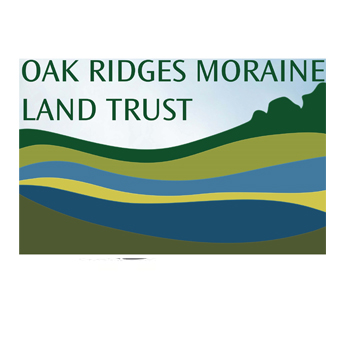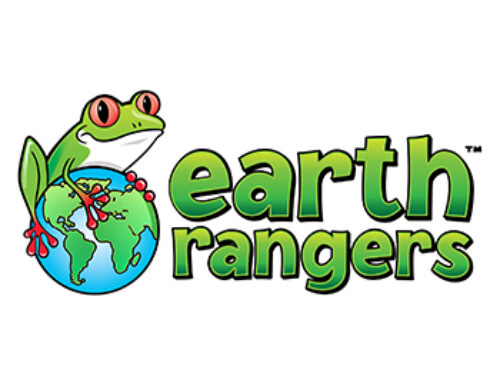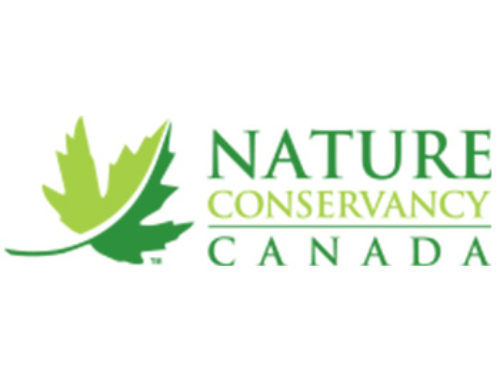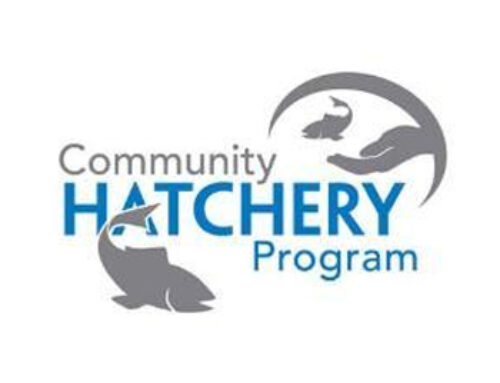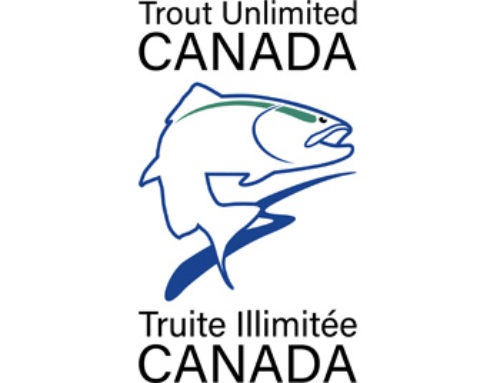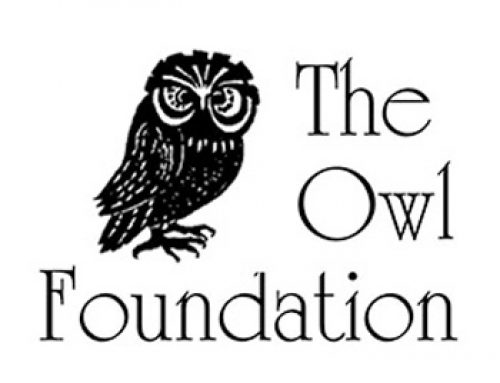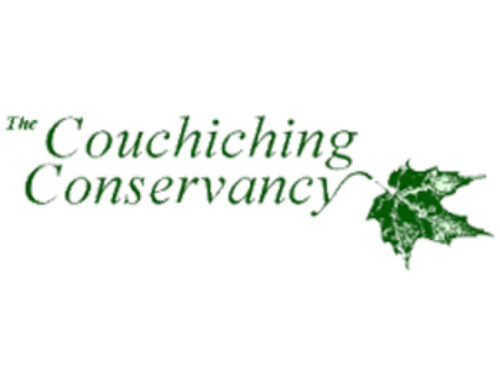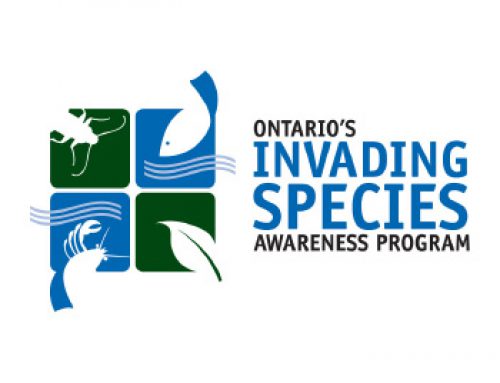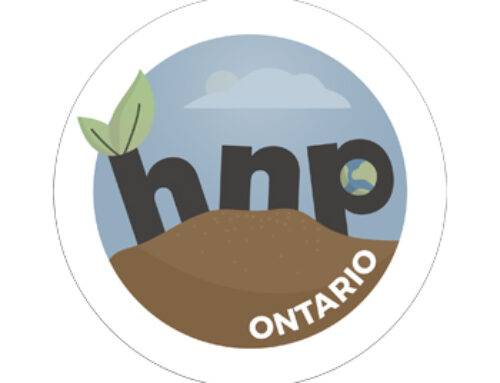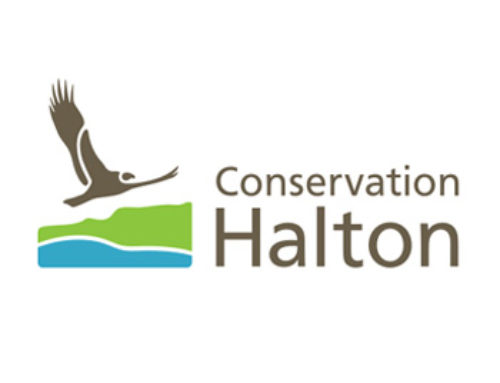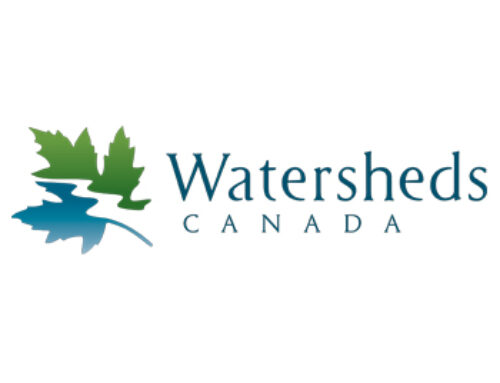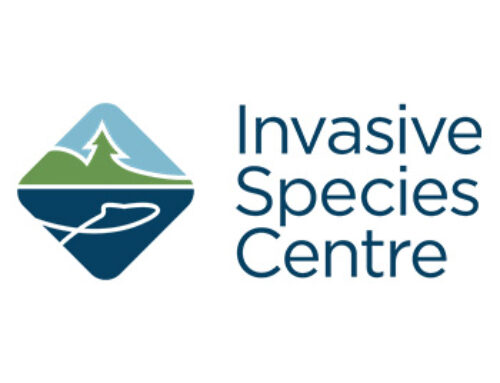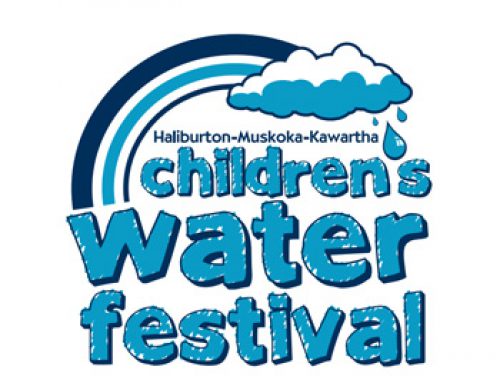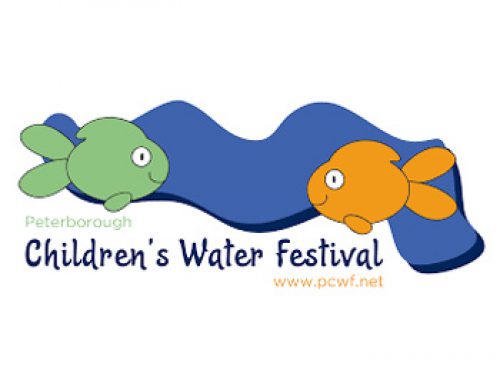2024
Ontario Kirtland’s Warbler Restoration Initiative
Granted $5,000 for Ontario Kirtland’s Warbler Restoration Initiative
Project Objectives:
The primary goal of this project is to increase the population of the endangered Kirtland’s Warbler in Ontario and protect the Oak Ridges Moraine by restoring the lost habitat through the restoration of critical young pine-oak savannah-type habitat essential for the endangered Kirtland’s Warbler and other at-risk species.
This habitat restoration addresses the primary threat to the Kirtland’s Warbler — limited habitat. This project aligns with the Species at Risk recovery strategy’s goal of managing habitat for species recovery. The project also supports recovery objectives related to inter-organizational commitment, cooperative management, and raising awareness among landowners and the public about the needs of these species.
Many formerly common species of plants and animals associated with the successional habitat used by the Kirtland’s Warbler have also become increasingly rare or extirpated. Restoring Kirtland’s Warbler habitat in Ontario will benefit other species and the ecosystem by:
- Enhancing biodiversity: Restoring diverse breeding grounds with jack pine forests creates a resilient ecosystem, benefiting other plant and animal species, including multiple Species at Risk.
- Promoting habitat connectivity: Restoration efforts contribute to interconnected habitats, facilitating wildlife movement, gene flow, colonization, and population stability.
- Providing ecosystem services: Restoration positively impacts ecosystem services like water quality, soil retention, pollination, and pest control.
- Indicating habitat health: Kirtland’s Warbler is an indicator species, so its restoration addresses habitat fragmentation, invasive species, and ecosystem management.
- Raising conservation awareness: Efforts for this endangered species raise awareness about habitat conservation, endangered species protection, and biodiversity preservation.
Some of the Species at Risk that will benefit from this restoration include: Mottled Duskywing (Erynnis martialis) SARO: END COSEWIC: END, Yellow-banded & American Bumblebee (Bombus sp.) SARO: SC COSEWIC: SC, Red-headed Woodpecker (M.erythrocephalus) SARO: THR COSEWIC: END. , Grasshopper Sparrow (Ammodramus savannarum) SARO: SC COSEWIC: SC, Eastern Small-footed, Little Brown, Northern Myotis and Tricolored Bats SARO: END COSEWIC: END, Eastern Hog-Nosed (Heterodon platirhinos) SARO: THR COSEWIC: THR, Eastern Whip-poor-will (Antrostomus vociferus) SARO: THR COSEWIC: THR
Preserving and restoring habitat has been shown to be one of the most cost-effective tools for conserving biodiversity. These efforts also protect surface and groundwater resources, reduce the risk of overland flooding, and mitigate the impacts of climate change by capturing carbon and reducing the surface heat island effect.


